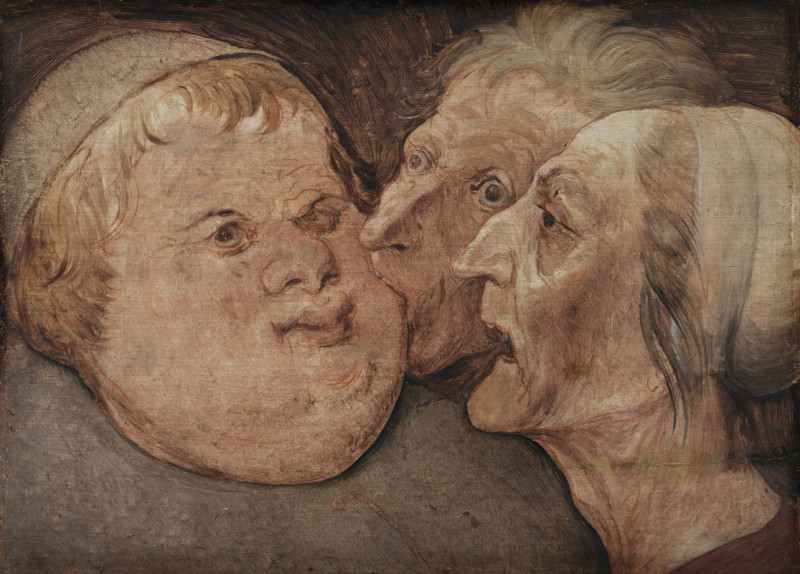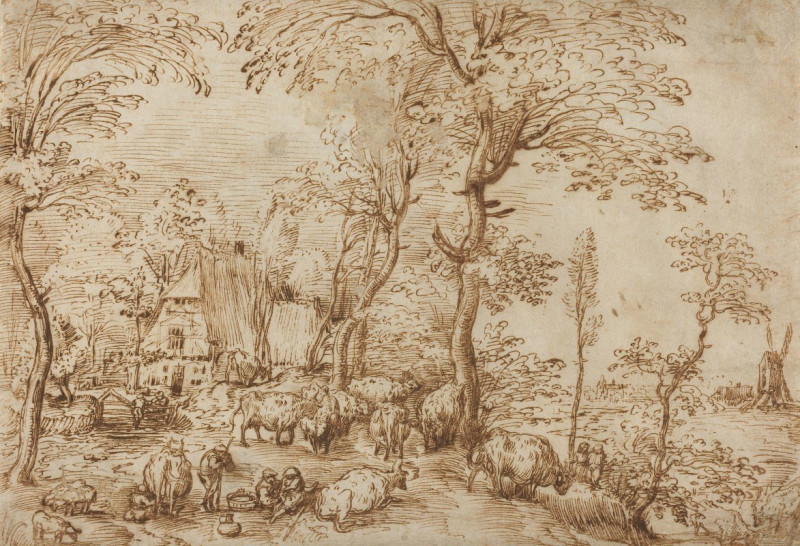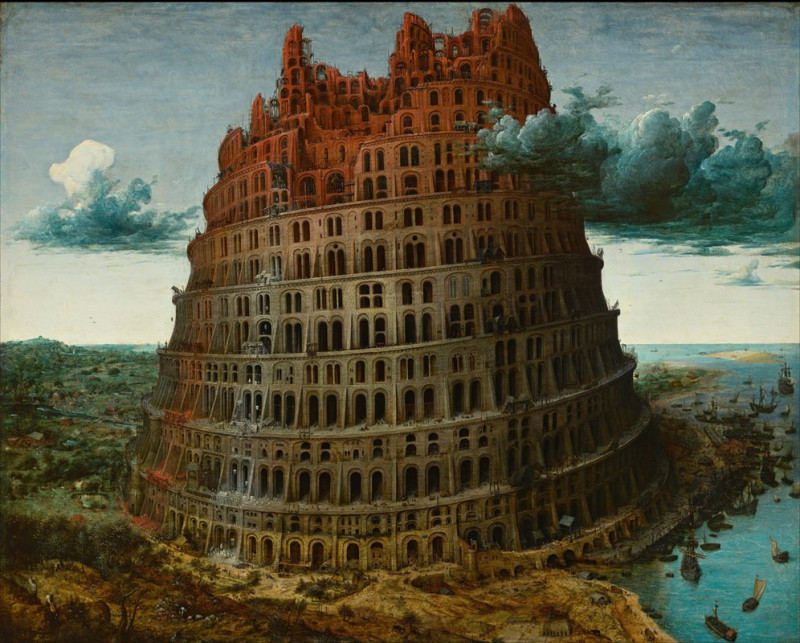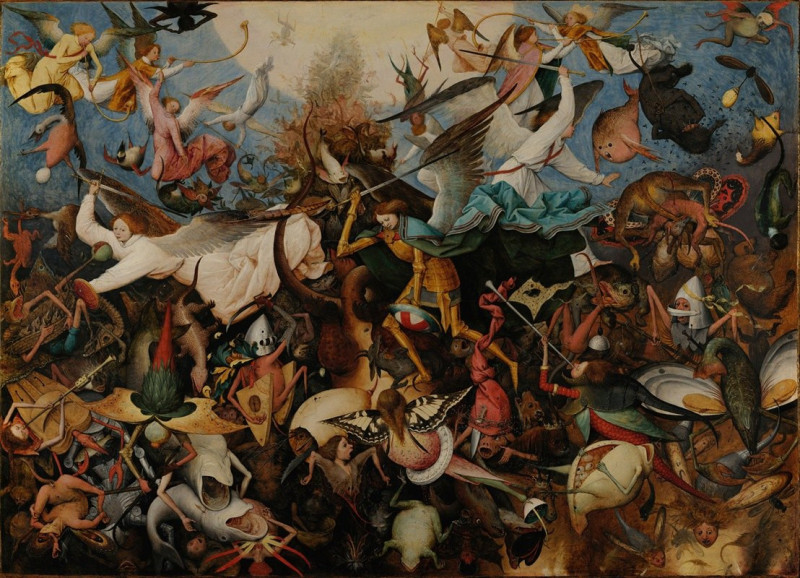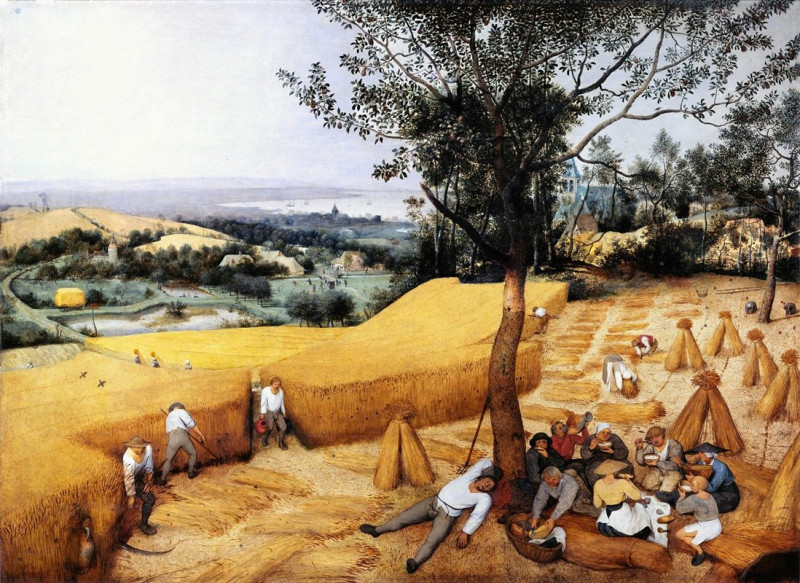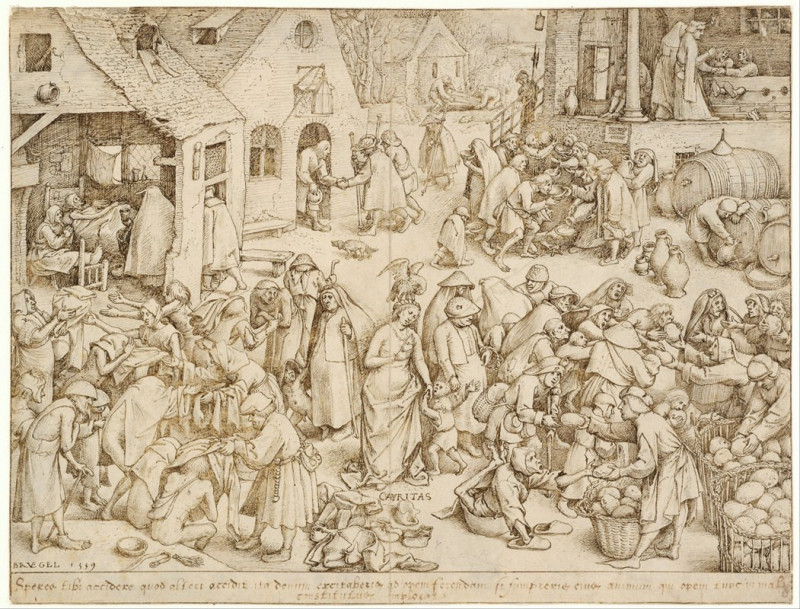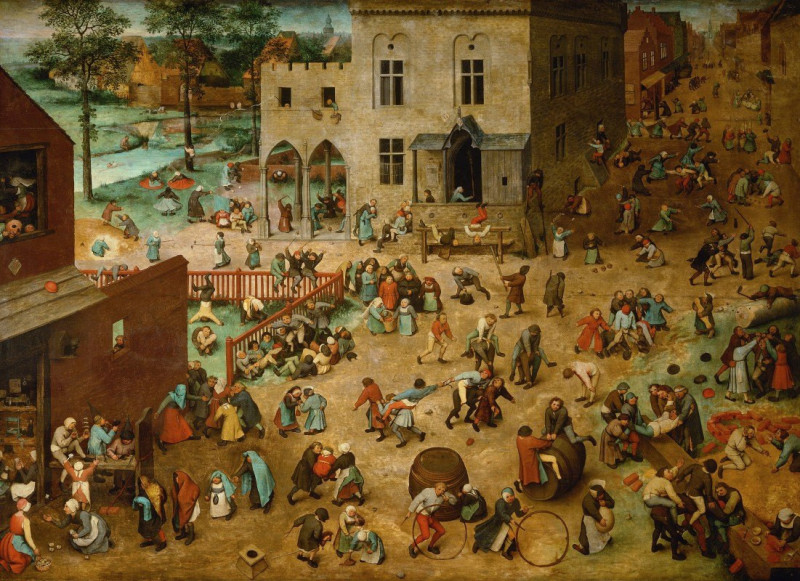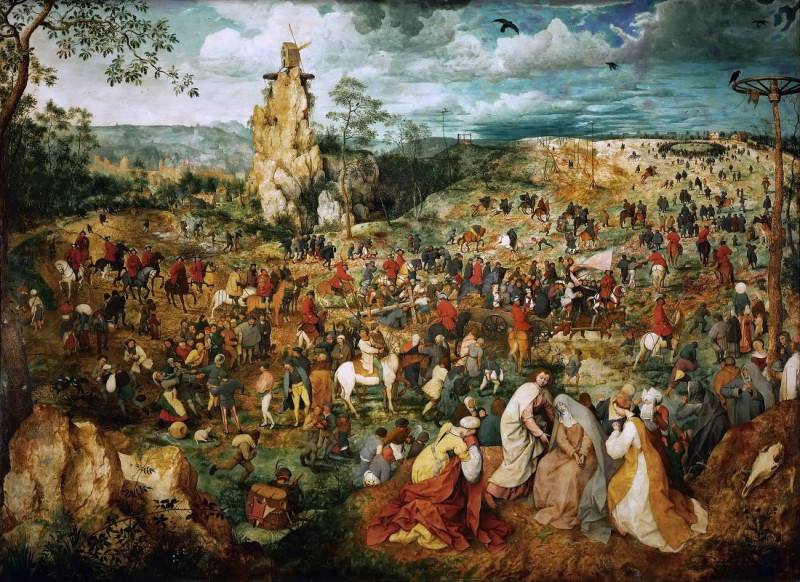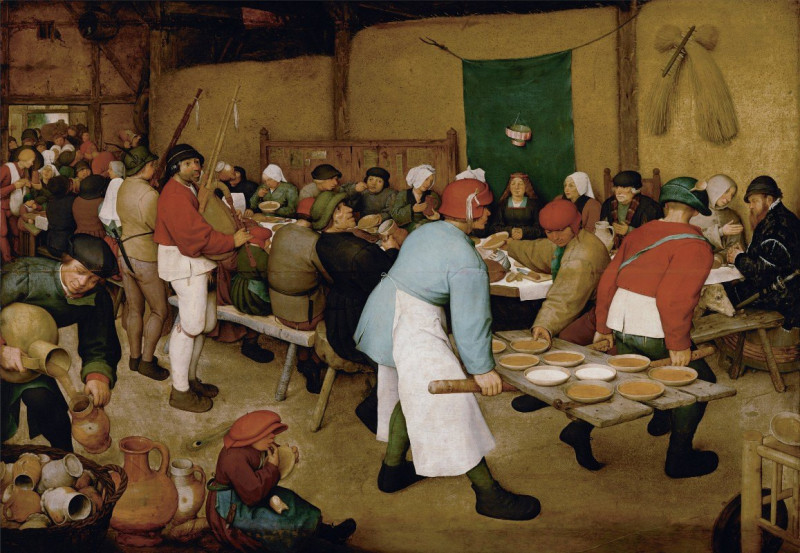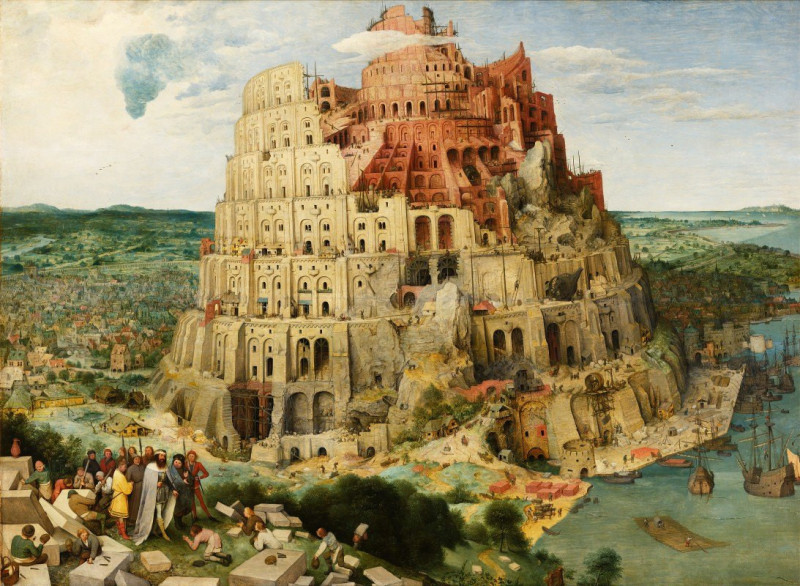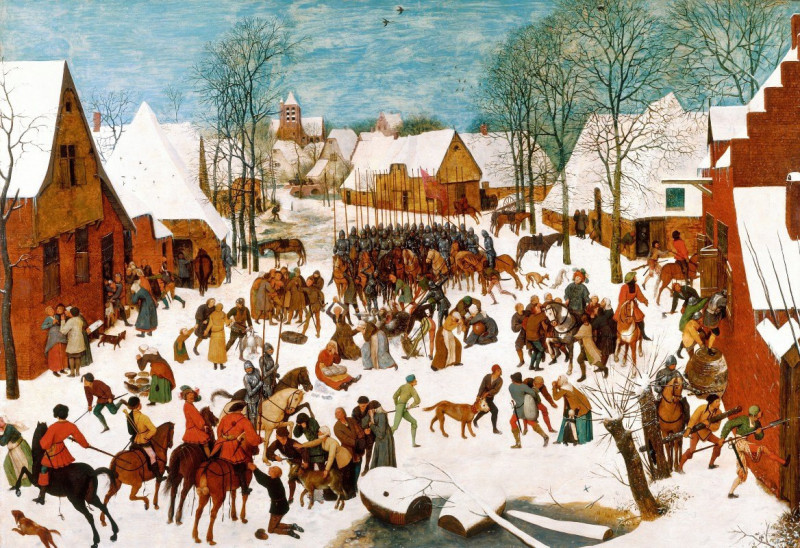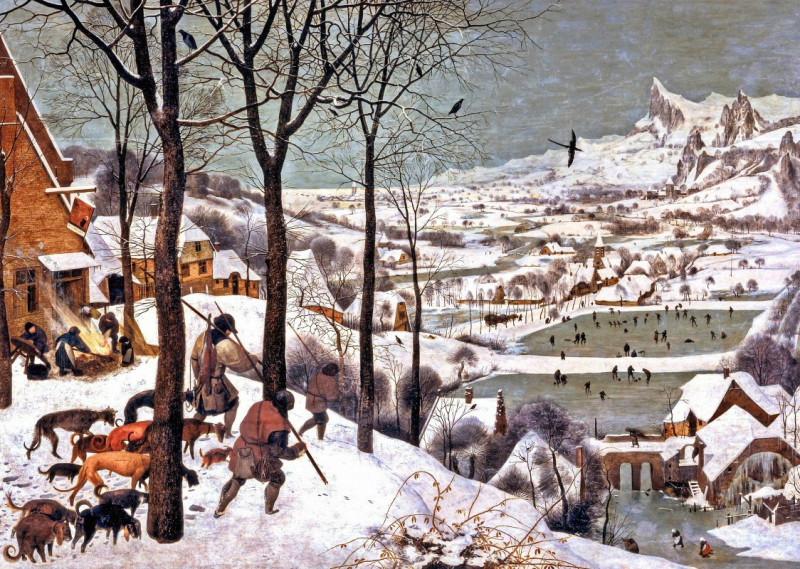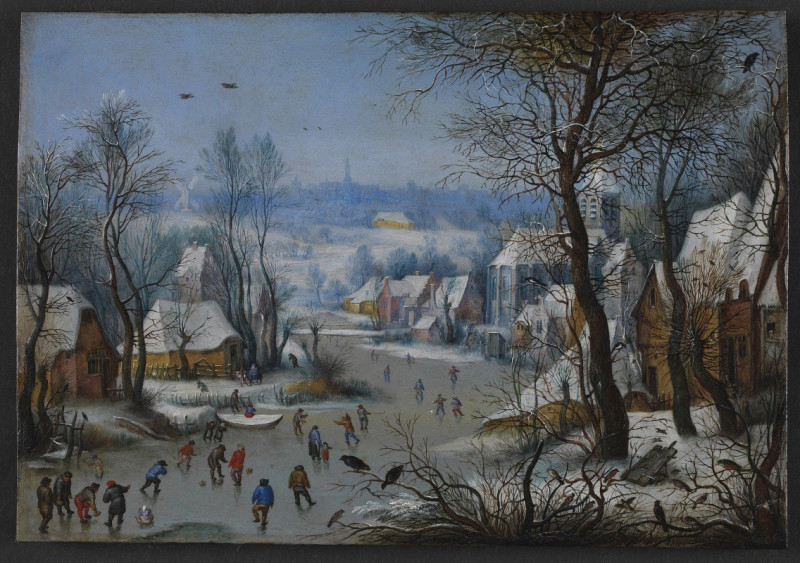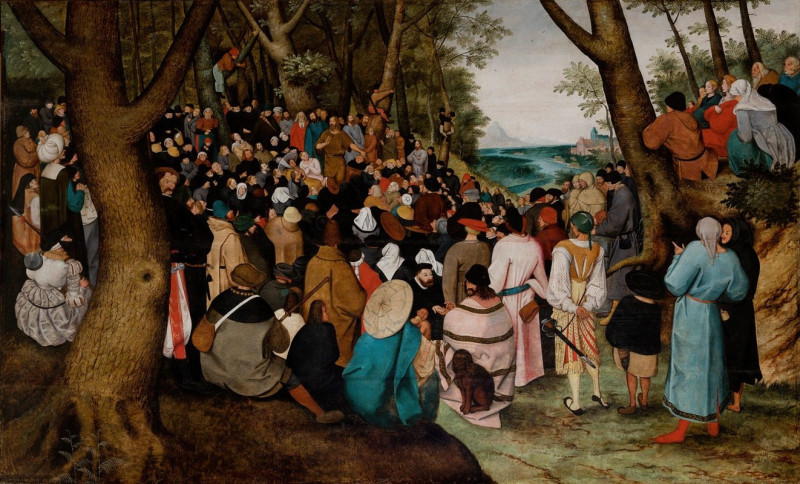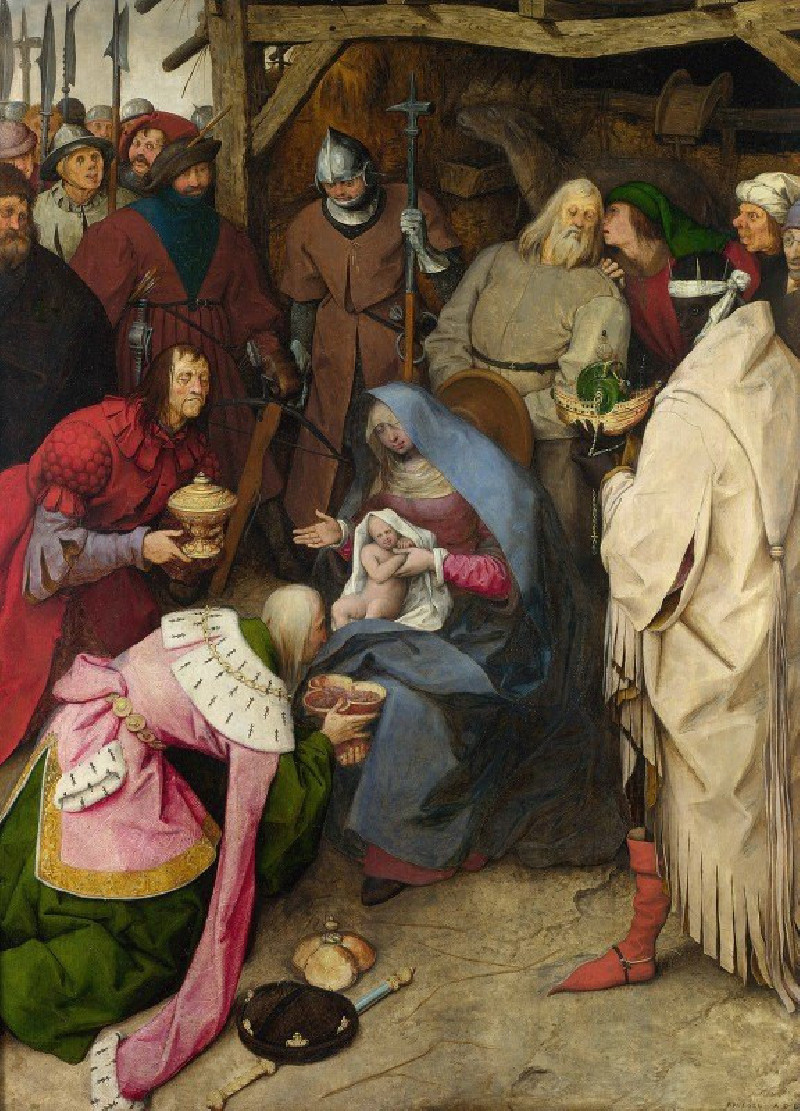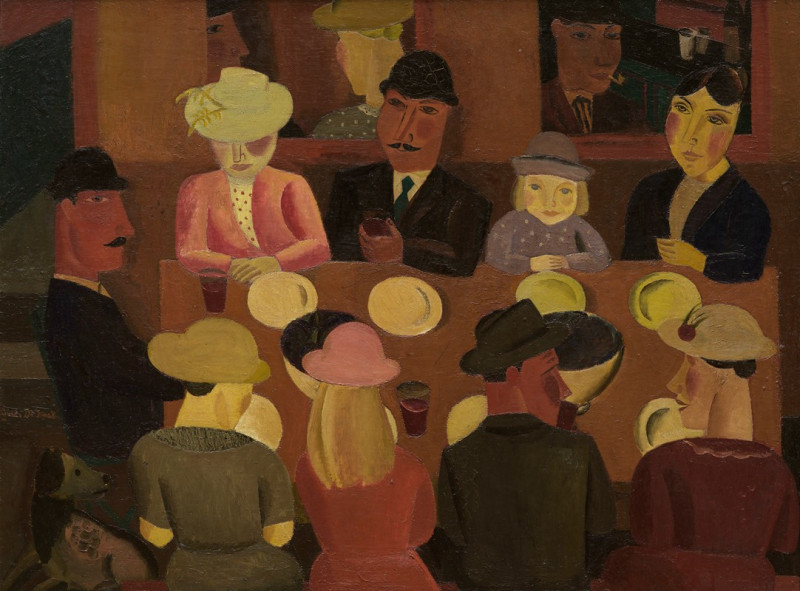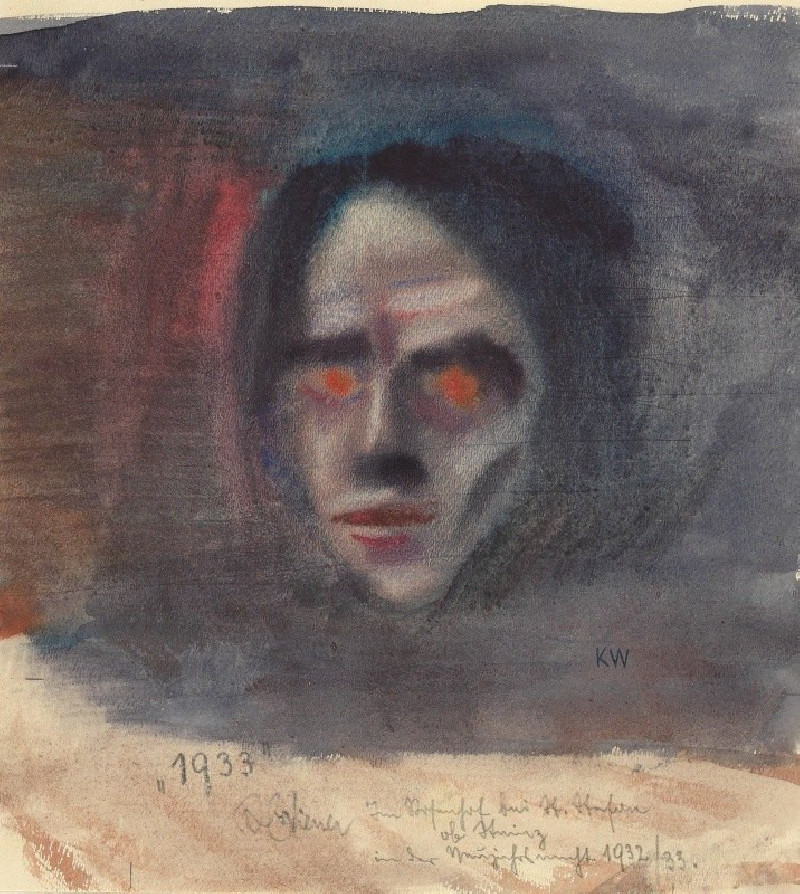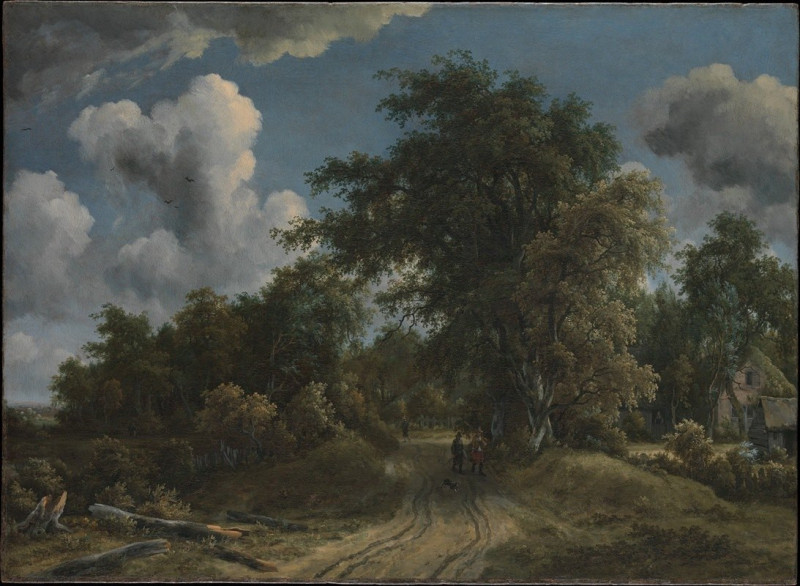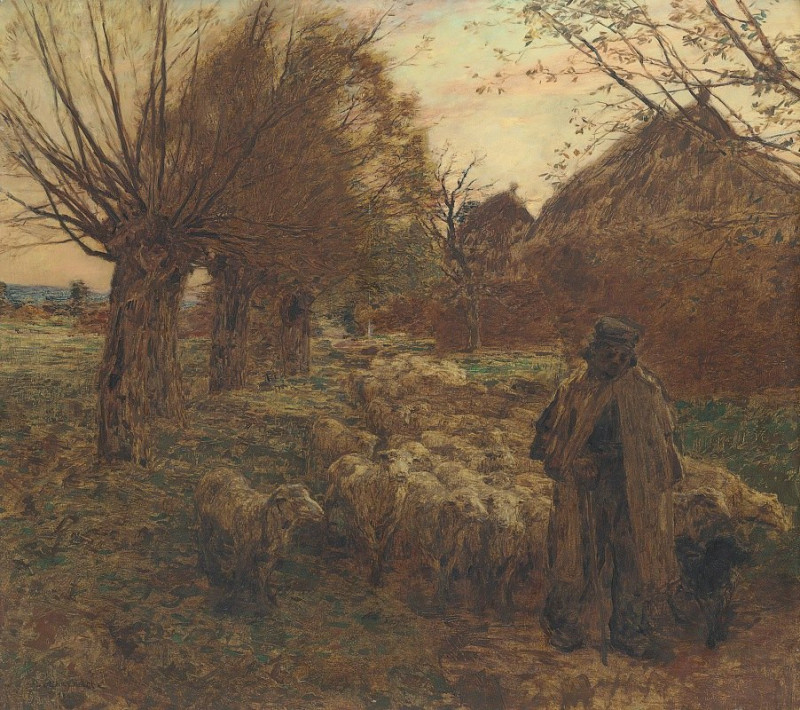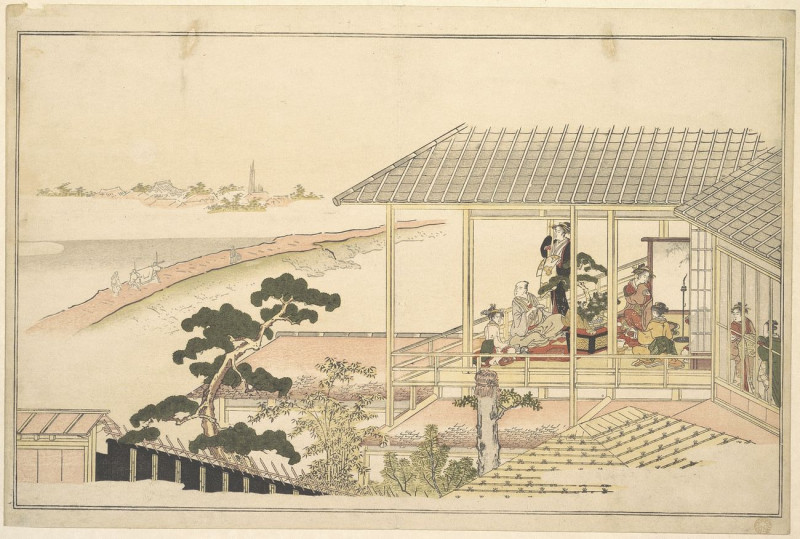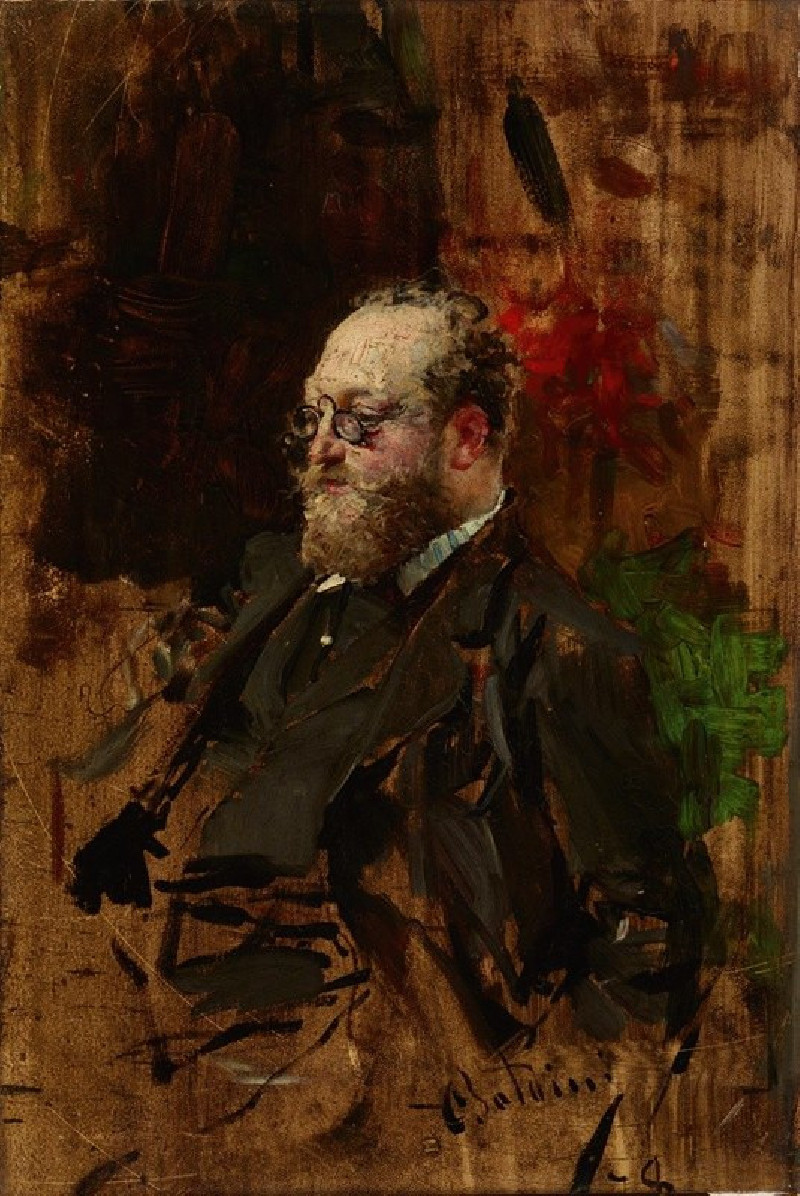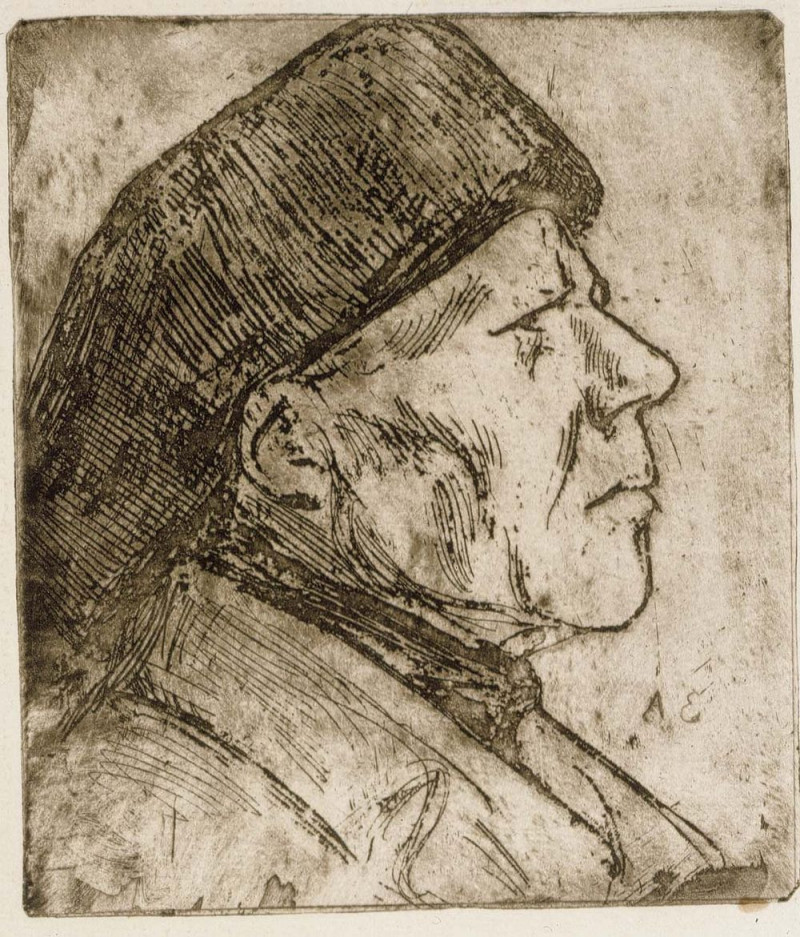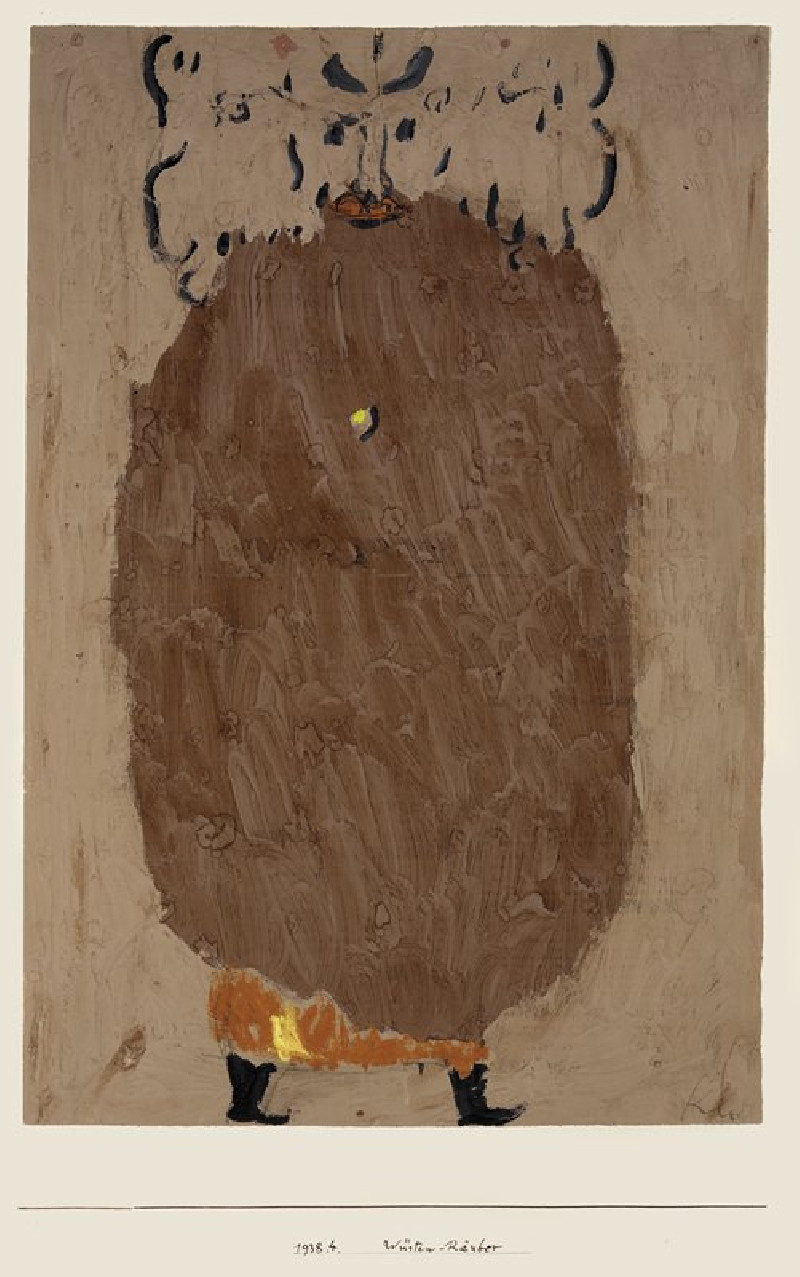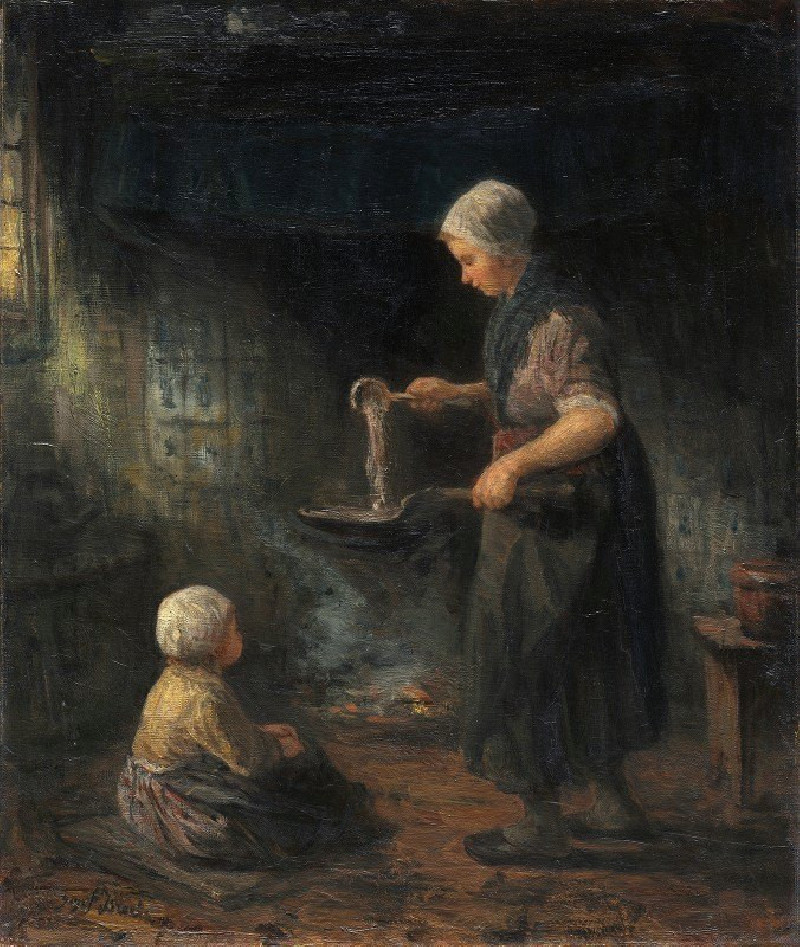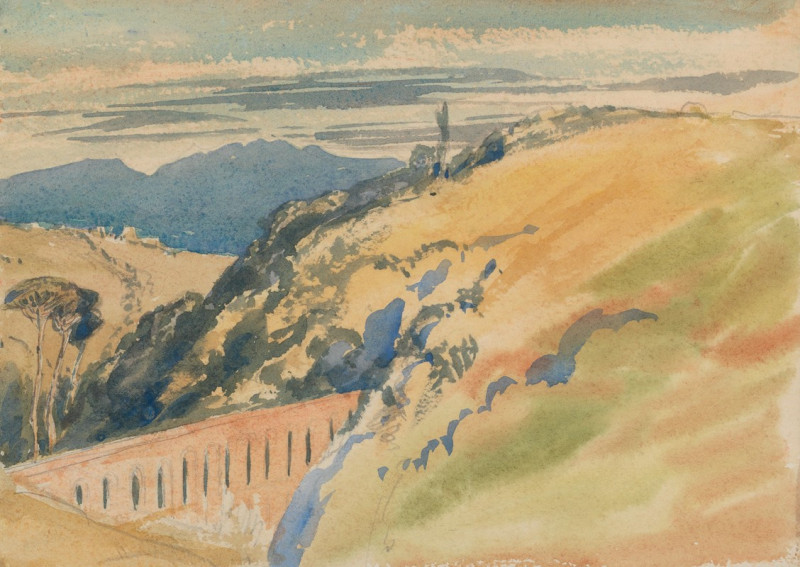The Strife between Carnival and Lent (1550 – 1560)
Technique: Giclée quality print
Recommended by our customers
More about this artwork
Welcome to a closer look at one of Pieter Bruegel The Elder's tempestuous narratives encapsulated in oil on panel: "The Strife between Carnival and Lent." This detailed painting, created between 1550 and 1560, is an exemplary depiction of Bruegel’s profound skill in portraying complex societal commentaries through vibrant and often chaotic scenery."The Strife between Carnival and Lent" vividly illustrates the medieval and early Renaissance tradition where the festive and indulgent Carnival, represented by a figure donning a meat-pie on his head and a jovial, plump expression, clashes with the somber piety of Lent, shown as an austere, elderly figure wearing a beehive and a grim expression. These figures are surrounded by a dynamic scene teeming with a multitude of characters, each engaging in activities that contrast the revelry of Carnival with the ascetic practices of Lent.In this complex tableau, Bruegel not only captures a literal depiction of the two seasonal rituals but delves deeper into an analysis of human nature and societal norms. The characters are rendered with such expression and detail that their faces alone tell a compelling story of conflict and dichotomy.This painting is not just an artistic exploration of contrast but a mirror reflecting the perennial human struggle between hedonism and self-discipline. It prompts us to ponder our own choices and the cultural rituals that shape them, making it a timeless piece that resonates with audiences across centuries.Pieter Bruegel The Elder's work continuously invites viewers to look beyond the surface and explore the deeper meanings embedded in the vibrant chaos of his compositions.
Delivery
Returns
Pieter Bruegel the Elder was the most significant artist of Dutch and Flemish Renaissance painting, a painter and printmaker from Brabant, known for his landscapes and peasant scenes (so called genre painting); he was a pioneer in making both types of subject the focus in large paintings.

